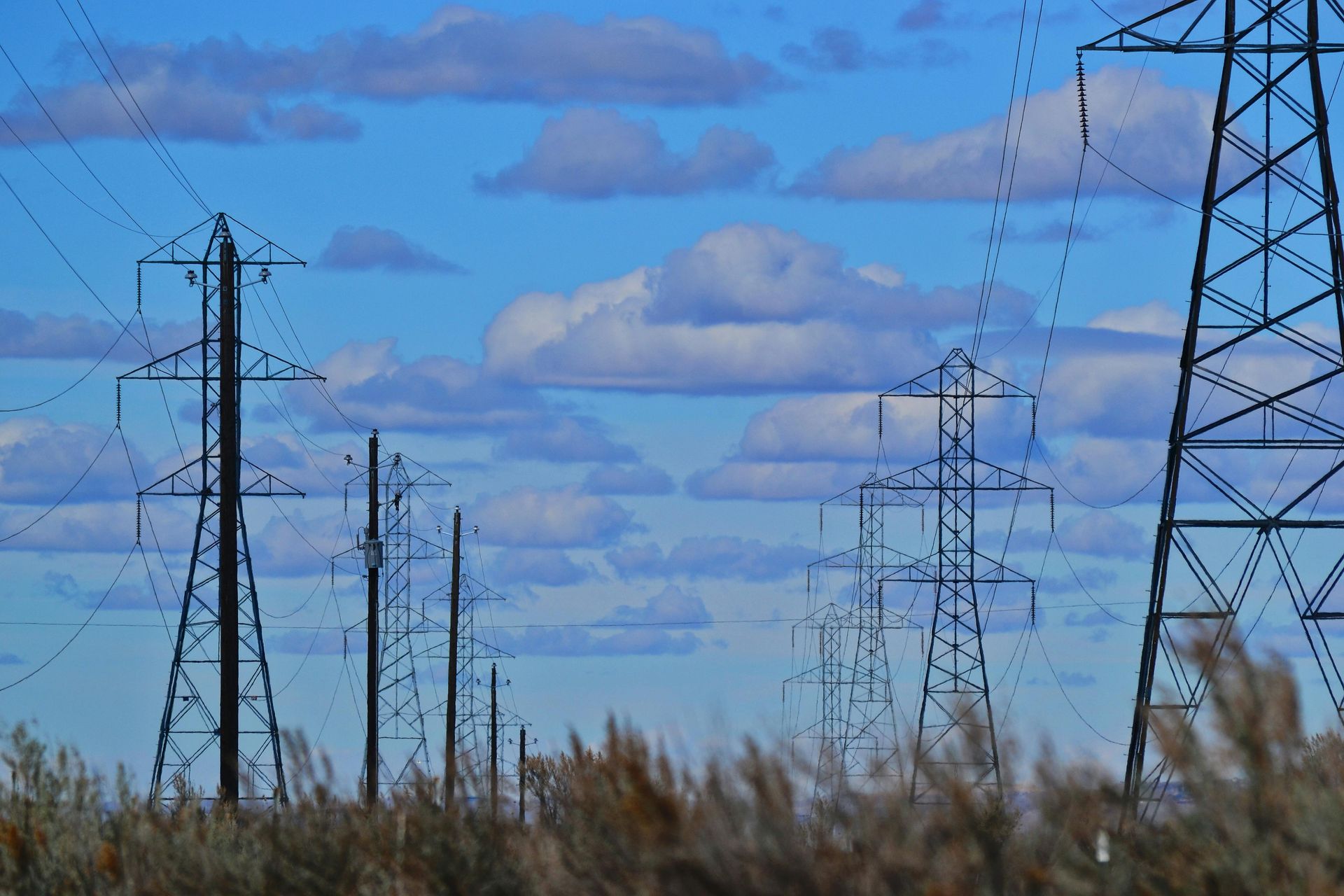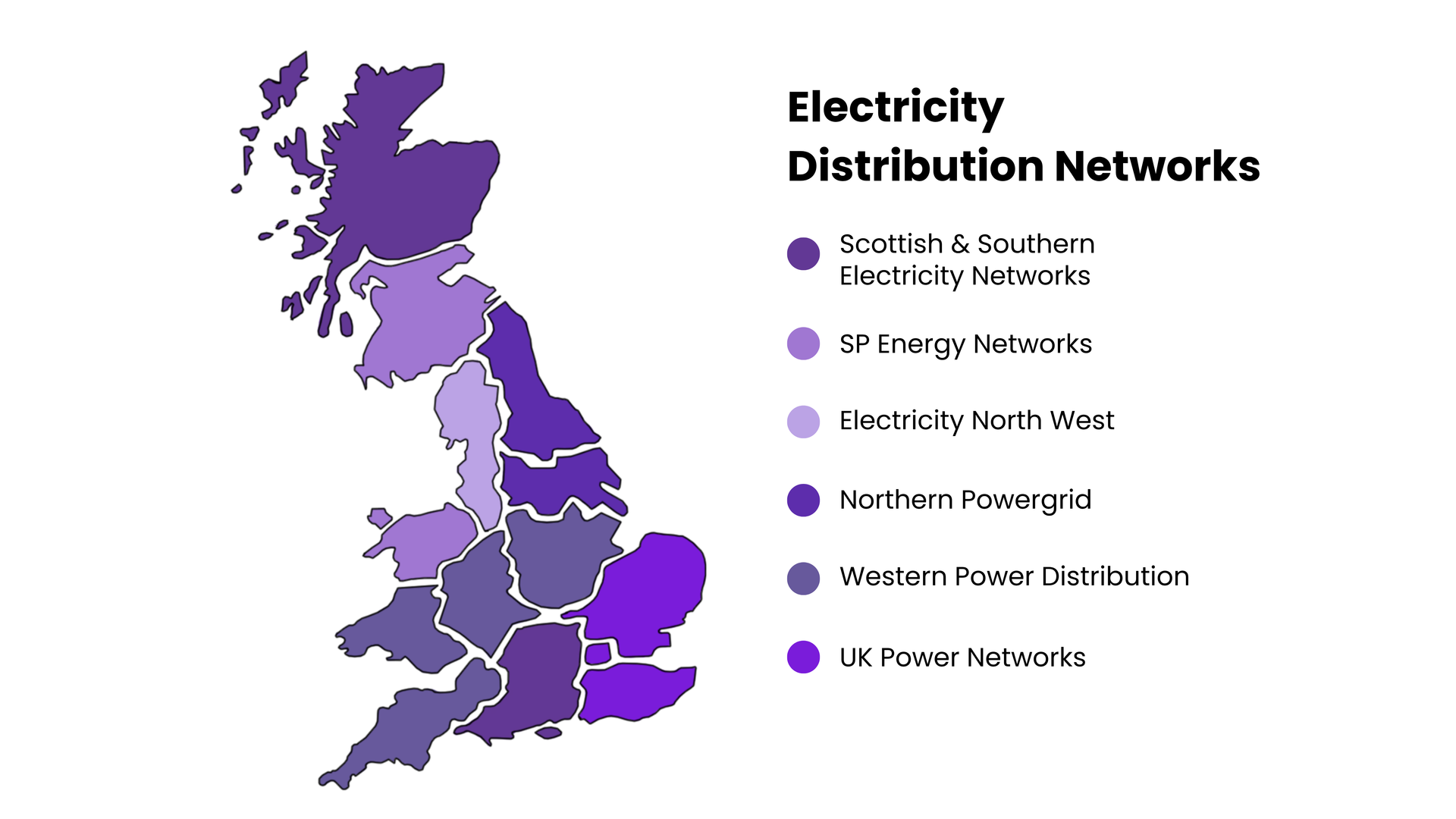Understanding the UK's Energy Market

The energy market involves a lot of moving parts and can be quite difficult to understand. In this blog, we will break down how energy is bought in the UK and the reasons why prices often fluctuate.
The wholesale and retail market makes up the UK’s energy market. Basically, when energy companies buy gas and electricity from generators, they are buying the energy from the wholesale market. They are then able to sell this energy to consumers through the retail market. The wholesale price depends on several factors, which include supply, demand, and global events. In contrast, the retail prices come with extra costs from network fees, taxes and other supplier margins.
Does the wholesale market affect the retail market?
Suppliers tend to buy energy in bulk and in advance to mitigate the risks of when wholesale prices increase. If wholesale prices increase, it directly affects the retail market, causing retail prices to rise pretty quickly too. On the other hand, if wholesale prices drop, it takes longer for customers to see the savings due to their contract type and supplier risk management.
The retail energy market structure
The retail energy market structure can be broken down into three steps. The basic process is as follows:
Energy Generation: In order to sell energy, it needs to be generated first. In the UK, we generate electricity in a couple of different ways, the most common being through fossil fuels and the other through renewable energy. With the push to achieve net zero by 2050, there has been a significant uplift in the production of green energy in the last decade. Currently, renewable energy accounts for 54.4% of the UK’s electricity generation, the highest it’s ever been. With the UK pushing for greener energy, it also comes with the implementation of taxes to fund these projects. Read about the levies attached to your electricity bill here.
Energy Transportation: The next step is to transport the energy through a distribution network so that it can power up your homes and businesses.
Things to note:
- The National Grid is the electricity and transmission network that transports electricity from power stations across Great Britain to your house and businesses.
- The Distribution Network Operators (DNOs) are companies that own and operate the electricity cables and maintenance of the network that transports your energy to your buildings. They fix issues like power cuts, provide grid connection and more. For example, if you live in Manchester and you experience a power cut, you would get in contact with SP Electricity North West. There are different DNOs depending on your region, so in the future, if you have a power shortage you know who to get in touch with.
Buying your energy: The final step is to buy your energy. Once the suppliers have bought the energy, they can then sell it through the retail market for consumers to buy. The rates will vary depending on your contract type and location.
If you generate your own energy through renewable sources such as solar panels, this could be an effective way to reduce your energy bills as you no longer solely rely on the grid to power your building. If you have solar panels your excess energy generated can also be sold back into the grid which suppliers will pay for through the
Solar Export Guarantee (SEG) scheme.

How is energy sold and what costs are included?
Energy supply is sold in the retail market. When suppliers buy the energy at the wholesale rate, several costs are added to make up the retail rate paid by consumers.
| Component | Description |
|---|---|
| Wholesale Rates | The price energy suppliers pay for the electricity or gas they sell to you. |
| Network Costs | The cost of running, maintaining, and upgrading the energy network that delivers power to your business. |
| Environmental Levies | Charges that help fund schemes promoting energy efficiency and the use of renewable energy. |
| Supplier Operating Costs | Covers installing and managing meters, the smart meter rollout, third-party services, and other expenses. |
| Supplier Margins | The supplier’s profit, which helps pay for customer service, billing, and general business costs. |
The final rate is determined by the suppliers once all the various costs have been added together. Ultimately, the rates depend on the type of contract a household or business chooses, based on what best suits their needs.
Who ensures that the energy market is being regulated properly?
There are a few organisations that make sure that the energy market is fair and secure. The Department for Energy Security and Net Zero (DESNZ), the National Energy System Operator (NESO), the Competition and Markets Authority (CMA) and Ofgem who regulates the energy market to protect consumers and support the shift to greener energy.
Get in touch with Purely
If you'd like more information or need help lowering your energy bills, why not get in touch?
For a quick quote, fill in the box below and we’ll be in touch with you soon.
Written by Faith Labong at Purely Energy


